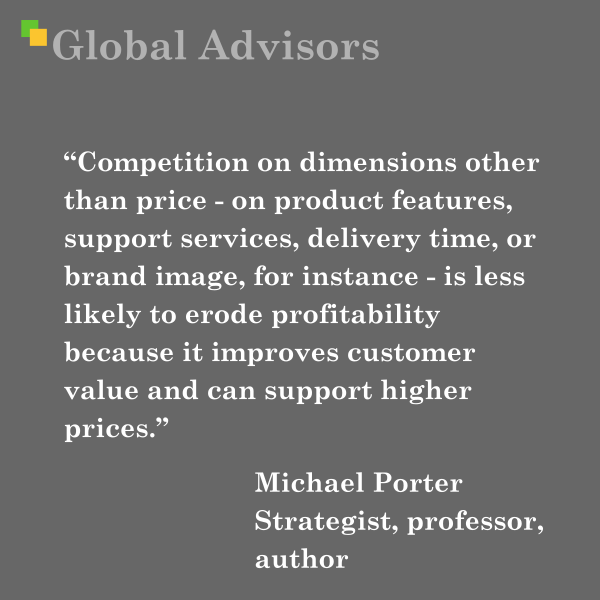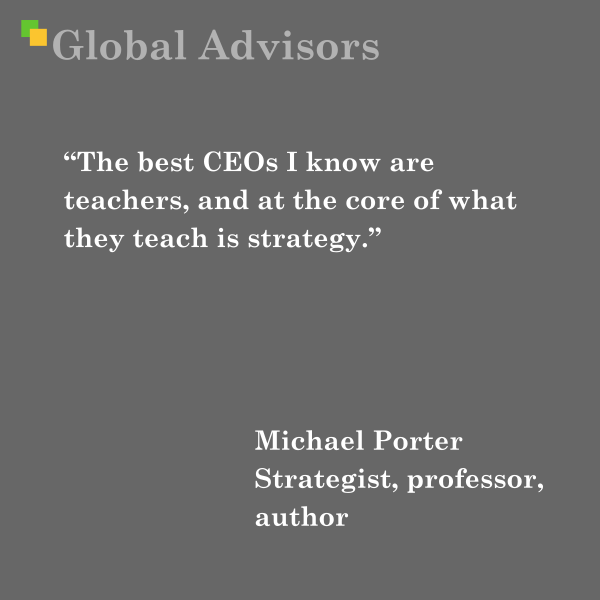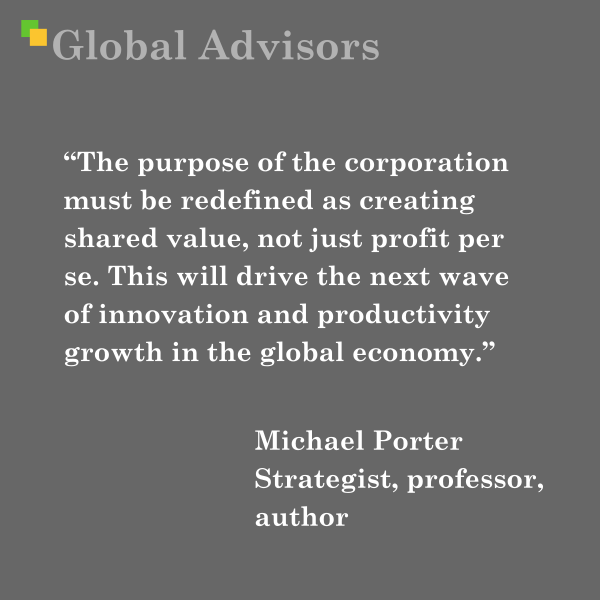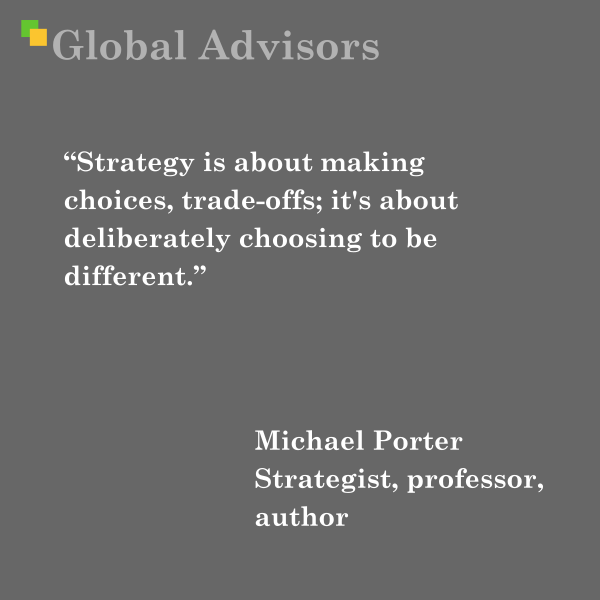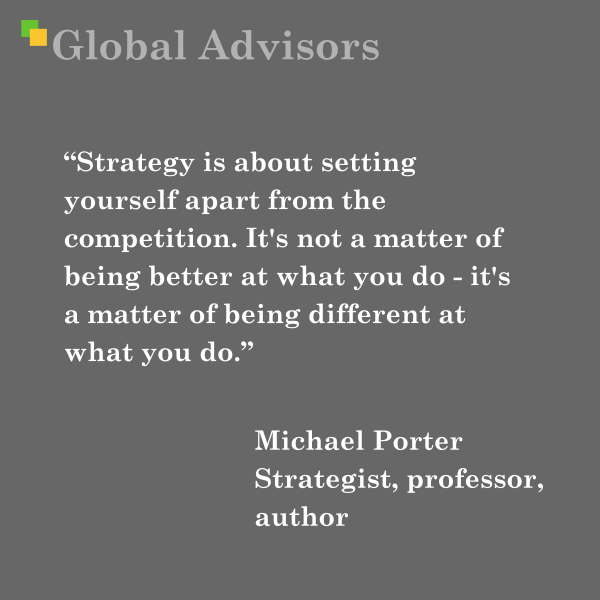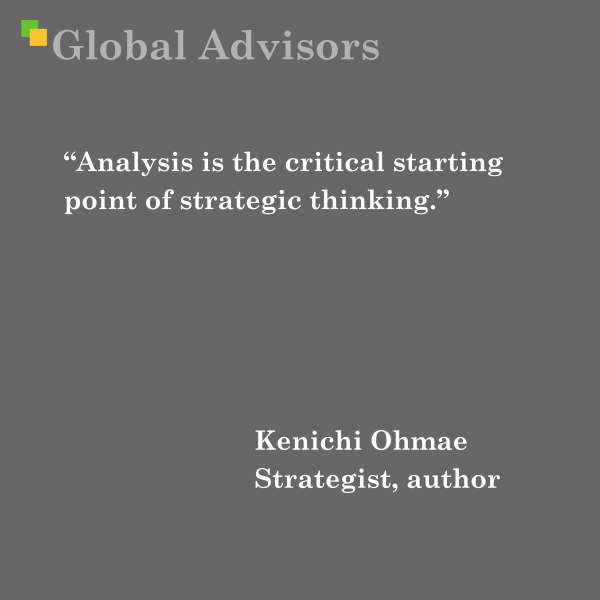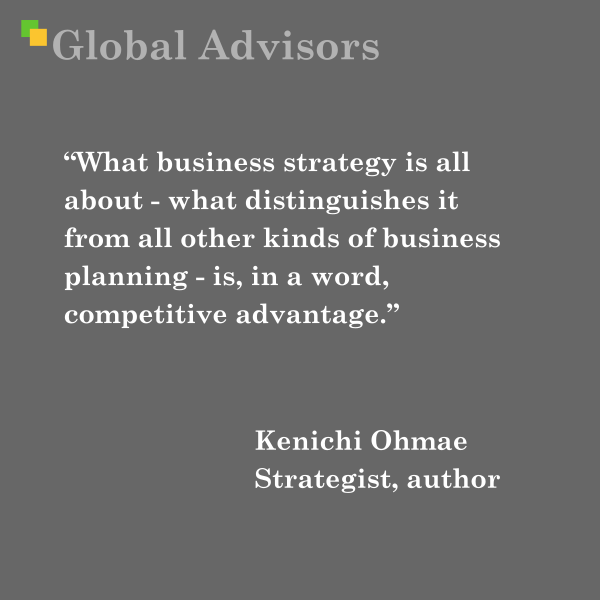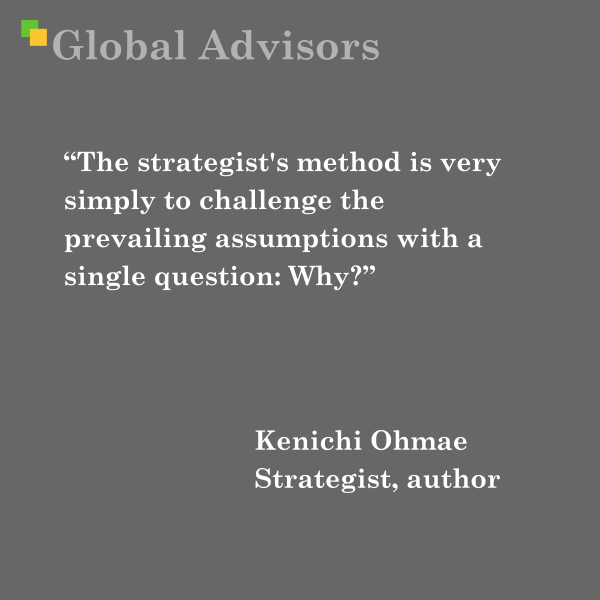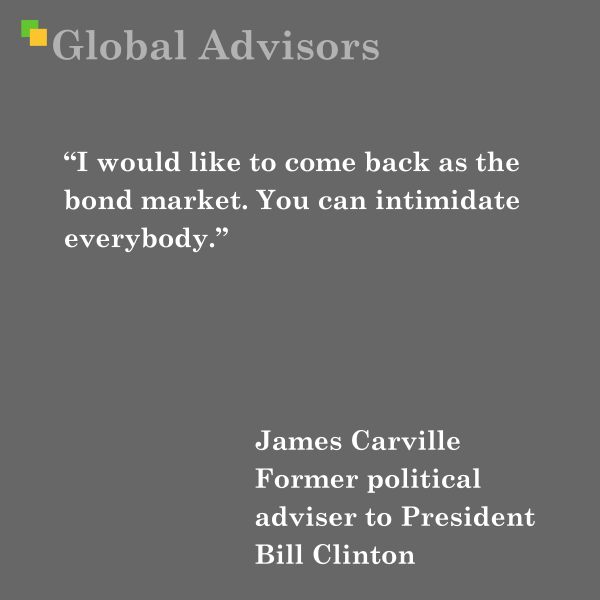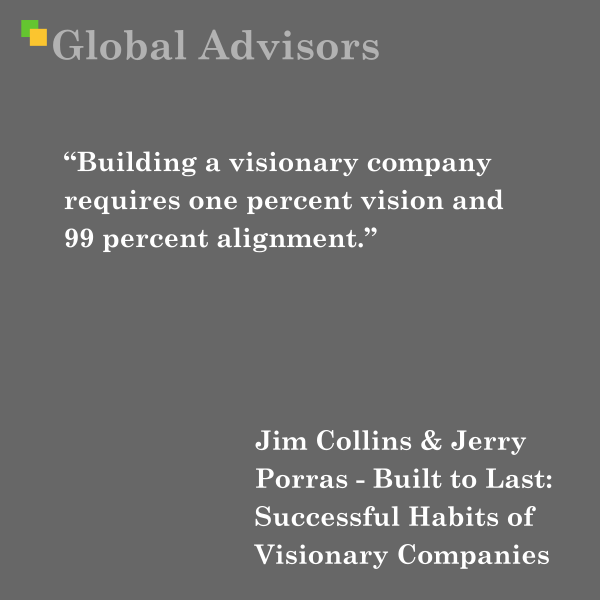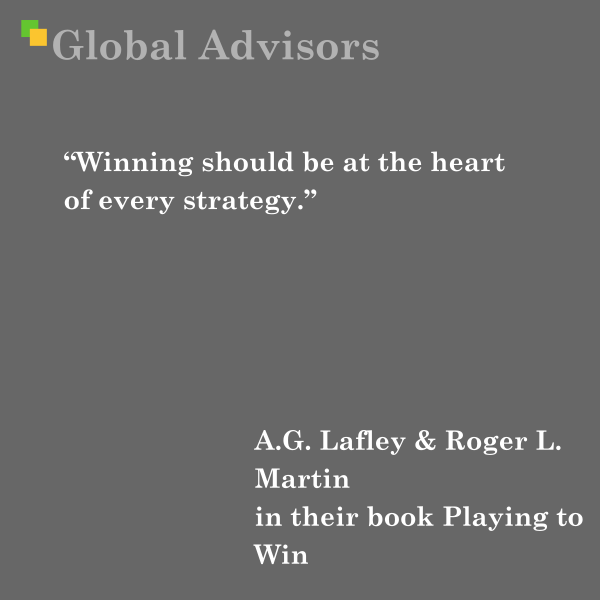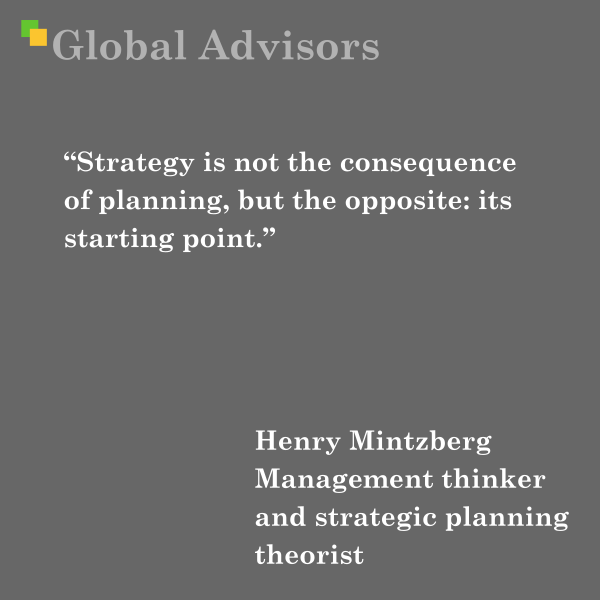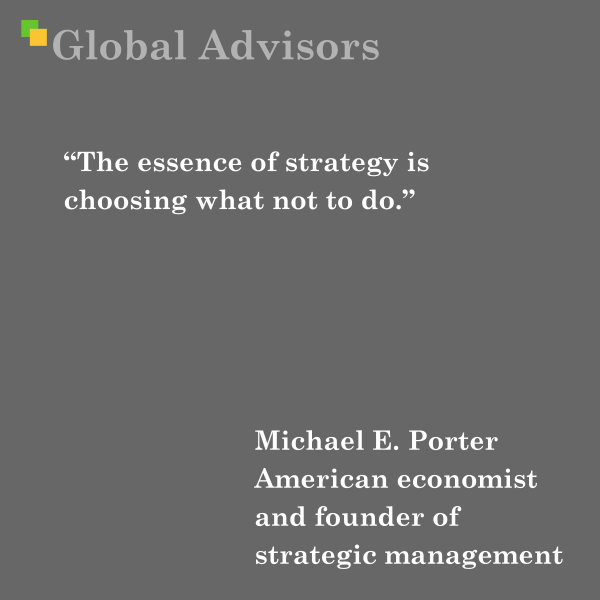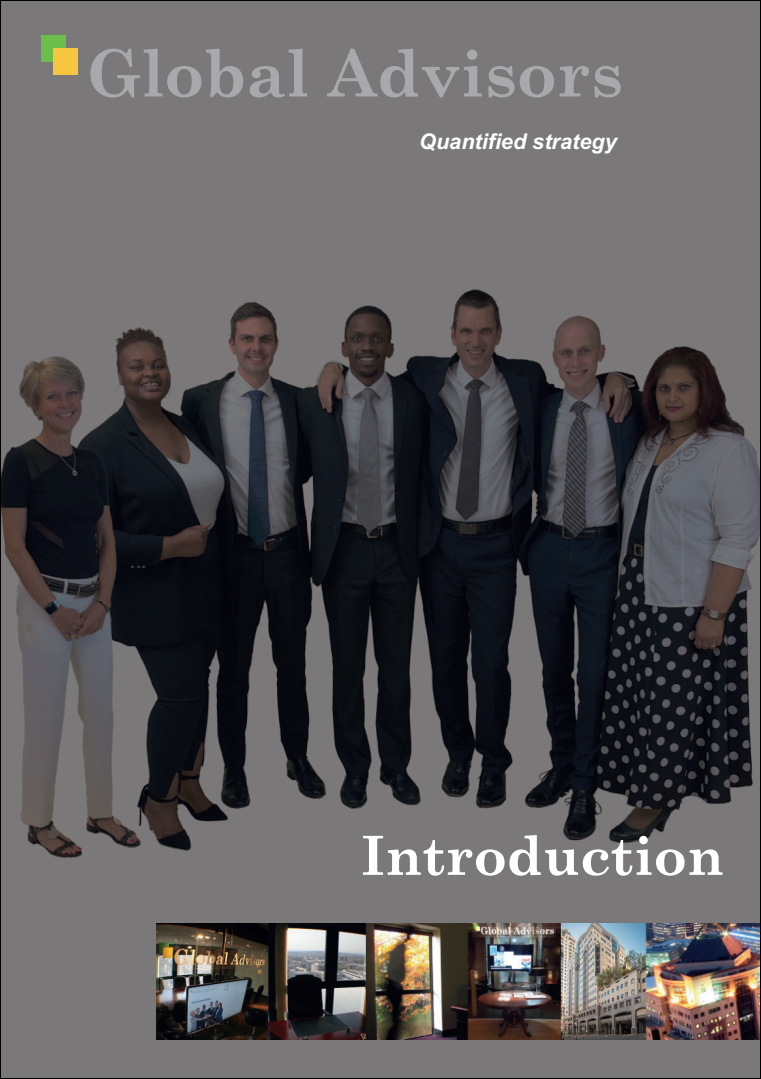“Competition on dimensions other than price – on product features, support services, delivery time, or brand image, for instance – is less likely to erode profitability because it improves customer value and can support higher prices.” – Michael Porter – strategist, professor, author
Michael E. Porter, born on May 23, 1947, in Ann Arbor, Michigan, is a renowned economist and professor at Harvard Business School, widely recognized for his contributions to the field of competitive strategy. His early life was marked by frequent relocations across the United States, France, and Canada, due to his father’s career as a civil engineer and army officer. This exposure to diverse cultures and economic environments sparked Porter’s interest in understanding regional and national economic development.
Porter’s academic journey began with a Bachelor of Science in Engineering (BSE) in aerospace and mechanical engineering from Princeton University in 1969, where he graduated first in his class. He then pursued an MBA with high distinction from Harvard Business School, followed by a PhD in business economics from Harvard University in 1973.
In 1983, Porter co-founded the Monitor Group, a strategy consulting firm that later became part of Deloitte Consulting. His seminal work, “Competitive Strategy” (1980), introduced frameworks like Porter’s Five Forces, providing tools for analyzing industry competition. This was followed by “Competitive Advantage” (1985), where he introduced the value chain concept, emphasizing the importance of differentiating a company’s activities to create unique value.
Porter’s quote, “Strategy is about setting yourself apart from the competition. It’s not a matter of being better at what you do—it’s a matter of being different at what you do,” encapsulates his belief that true competitive advantage stems from uniqueness rather than mere operational efficiency. This perspective is further elaborated in his 1996 Harvard Business Review article, “What is Strategy?” where he asserts, “The essence of strategy is choosing what not to do.”
Throughout his career, Porter has emphasized that effective strategy involves making deliberate choices to deliver a unique mix of value to specific customer segments. This approach has influenced countless organizations and leaders, reinforcing the idea that differentiation, rather than direct competition, is key to sustainable success.
